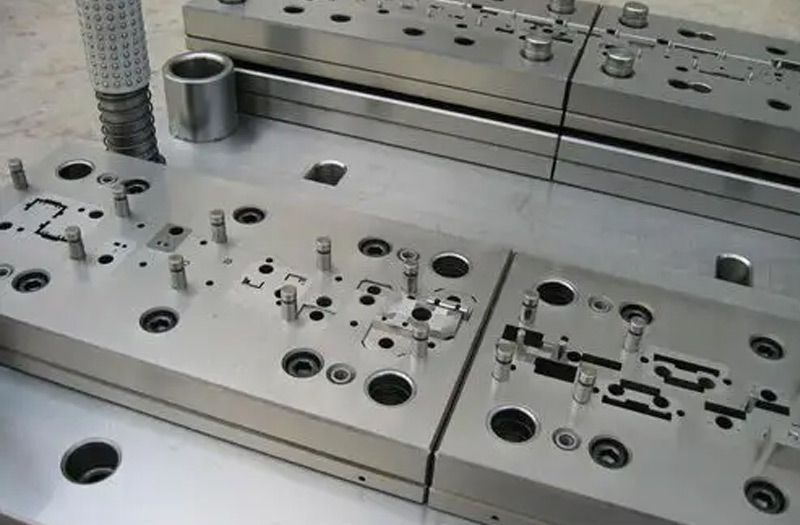How to control the number of trial molds in an injection mold factory?
Release time:
2024/12/19
In the process of injection mold manufacturing, trial molding is a crucial step. However, excessive trial molding not only increases production costs but may also affect product quality and production efficiency. So, how many trial molds should an injection mold factory limit to? This article will reveal the answer to help you achieve a dual improvement in efficiency and quality!
In the process of injection mold manufacturing, trial molding is a crucial step. However, excessive trial molding not only increases production costs but may also affect product quality and production efficiency. So, how many times should the trial molding in an injection mold factory be controlled? This article will reveal the answer for you, helping you achieve a dual improvement in efficiency and quality!

First, we need to clarify one point: the control of trial molding times is not fixed but needs to be flexibly adjusted according to specific circumstances. Generally speaking, under the premise of ensuring reasonable mold design and process, the number of trial moldings should be controlled within 3 to 5 times. This range is based on a comprehensive consideration of various factors such as the technical strength of the mold enterprise, equipment level, and production experience.
So, how can we ensure the rationality of mold design and process? First, mold design must undergo strict review to ensure a reasonable structure and proper setting of injection points. Secondly, choose suitable forming processes and injection machine models to ensure stability during the forming process. In addition, there should be a thorough understanding of the physical properties of trial molding materials to avoid failures due to material issues.
Of course, merely controlling the number of trial moldings is not enough; we also need to pay attention to details and techniques during the trial molding process. For example, sufficient equipment debugging and parameter settings should be conducted before trial molding to ensure that the equipment is in optimal condition. At the same time, closely monitor the operation of the mold during trial molding to promptly identify and resolve issues. Additionally, a comprehensive analysis of trial molding results should be conducted to summarize experiences and lessons learned for future production reference.
It is worth mentioning that with the development of technology, more and more new technologies are being applied in the field of injection mold manufacturing. For example, 3D printing technology can quickly produce high-precision mold prototypes, providing strong support for trial molding; simulation analysis technology can simulate the forming process before trial molding to predict potential problems, allowing for adjustments and optimizations in advance. The application of these new technologies not only helps reduce the number of trial moldings but also improves production efficiency and product quality.
In summary, controlling the number of trial moldings in an injection mold factory is a comprehensive issue that needs to be approached from multiple aspects such as mold design, process selection, and trial molding techniques. Only by ensuring that each link is reasonable and efficient can effective control over trial molding times be achieved, thereby enhancing the competitiveness and market position of enterprises.





